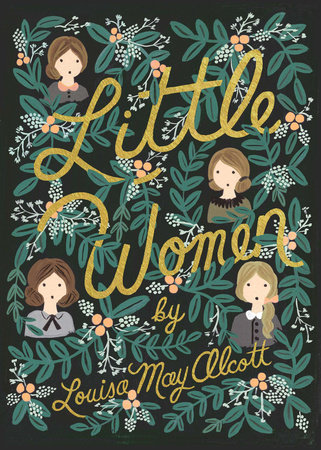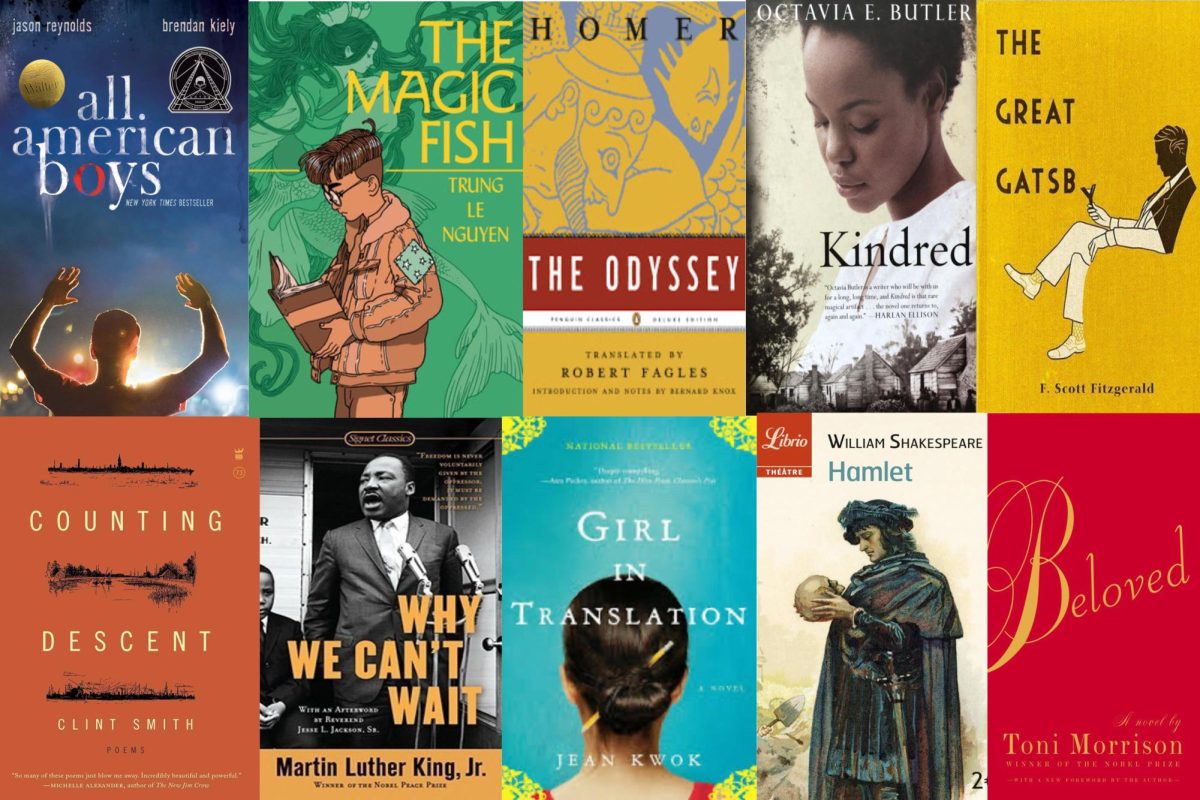
Sitting by the window with a hot cup of tea, thumbing through the pages of a worn book as it gently snows into a winter wonderland outside: a lost art. In an increasingly digitized world, Christmas traditions are changing from the cherished old-fashioned traditions to impersonal, online ones that simply do not bring the same holiday joy. This holiday season, turn off that Hallmark movie and instead curl up with a copy of “Little Women”, the indisputably perfect book for this time of year.
“Little Women”, a coming-of-age classic novel by Louisa May Alcott, follows the nineteenth-century lives of the four March sisters — Meg, Jo, Beth and Amy— as they grow from childhood into womanhood, through their trials and tribulations as well as their joy and victories. Although the simplicity of the plot, which focuses on their family lives rather than a groundbreakingly fascinating perspective, may make it easier to dismiss as an unimportant tale, that is exactly where the magic lies. In other words, this is the exact reason why this book deserves to be nominated as the perfect Christmas tale, even if Christmas is only its opening scene.
It is important to realize that each of the sisters is a completely different person with a different dream, reflecting the holiday spirit of acceptance. Meg, the eldest, is characterized as dutiful and pretty, with the second adjective being the most important because it encapsulates how much emphasis she places on external beauty and wealth and how this shapes her desires and actions; her character is relatable to those who dream of material riches and physical appearance, but are conflicted with feelings of guilt over not being selfless in the way expected of them. Jo, quite the opposite of Meg, is a free spirit who is unafraid to be herself and feels stifled by the female stereotypes she must conform to. Often wishing that she had been born a boy who had control over his own life, readers struggling with their identities within the borders of the role they have been born into, whatever those may be, see themselves. Beth is the heart of the family, finding joy in her home and sisters; she is a mirror for those who are content with the simple things in life, happy with who they currently are. Amy, the youngest, is an artist who dreams of fame despite being born into a family that cannot financially support her dream, reflecting the turmoil of those whose dreams exceed their reality.
By getting to know the March sisters, flaws and all, readers are reminded of what family truly is: loving each other despite being fundamentally different. Each sister is individually strong in her own right; however, it is only banding together to face the tragedies of life, from their father getting wounded in the Civil War to Beth slowly dying from scarlet fever, that makes them strong enough to overcome those seemingly insurmountable mountains. Especially for young adult readers who are grappling with their changing relationships with their family as they develop their independence, this message deeply resonates.
Another important message of “Little Women” is forgiveness, both of loved ones and oneself. As the sisters grow up in a small house, they inevitably clash, sometimes more harshly than the everyday spats, but the way they conduct themselves afterward is what makes this novel so moving and Christmas-worthy. Even through their immature teen years, from incidents from burning each other’s diaries to burning each other’s hair off, they all recognize that at the core of their relationships is a deep sisterhood that cannot be disturbed and can forgive each other from the heart because of it. As families get together for Christmas, conflict is unavoidable when personalities and opinions bump into each other, but learning from this book, forgiveness should be practiced.
Forgiveness of oneself is another key idea as the sisters each blame themselves in one way or another for Beth’s death. Slowly, they forgive themselves and instead turn their sorrow into finding joy in the remaining days. As Christmas marks the end of the year and the start of a new beginning, readers are reminded to forgive themselves for whatever may be weighing on their shoulders from the past year and focus on making the last days of 2023 full of holiday cheer.
The secret to why “Little Women” continues to be read centuries later is in its simplicity. Through the deceptively simple story of a seemingly nondescript family, many invaluable lessons are woven into each detail, nudging readers to remember the good in their lives as the year draws to a close. More than anything, this is a comfort read that warms the heart and is thus the perfect companion to a snowy winter evening.




















